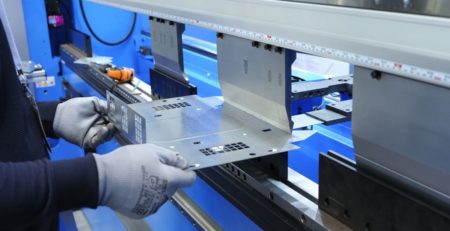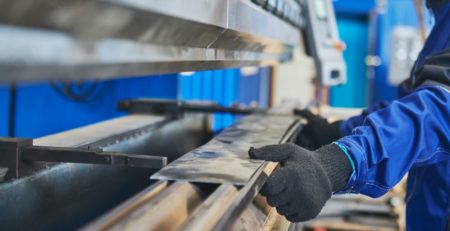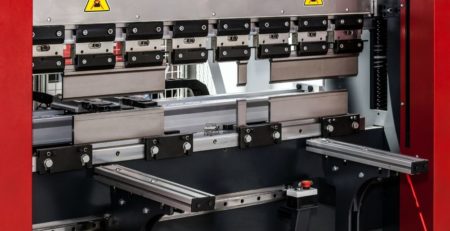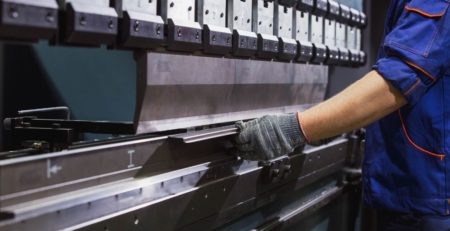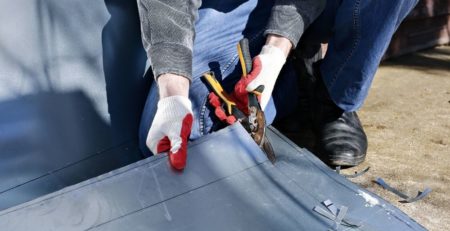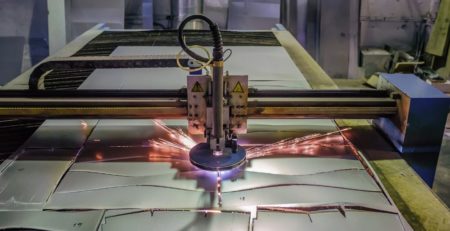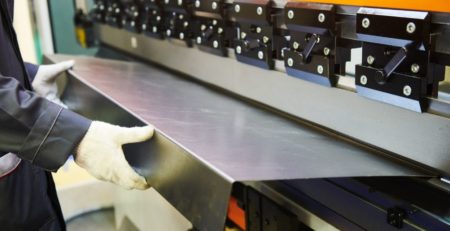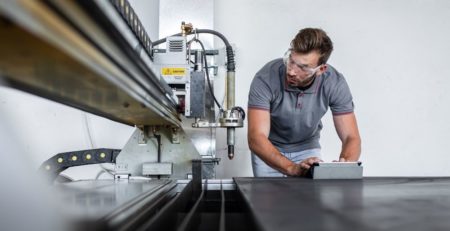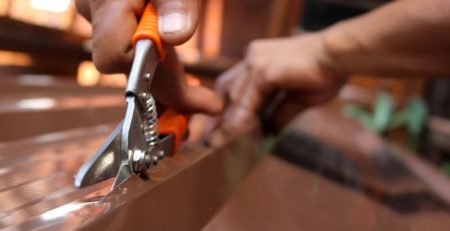An Overview of Tandem Press Brakes | What You Need To Know
A large press brake is not the only way to bend a large-sized part. Press brakes can be coupled to work in tandem, thus increasing productivity and throughput. Any shop evaluating its need for a tandem press brake should understand how they work, their proper applications, and the material handling options available to increase productivity. This overview of tandem press brakes will inform you whether two press brakes are better than one large press brake.
How Does a Tandem Brake Work?
Like most single brakes, tandem brakes are also CNC with a design file guiding their movements. The machines can typically be operated from a single workstation to act as one long press brake. They can be used individually as two separate press brakes. Most CNCs even have an option that allows part programming to be shared across machines.
Most of the same rules of operating single machines apply to tandem press brakes as well. The tonnage of the machine is essential. A common misconception is that having two devices in tandem doubles the load for the machine regardless of where the bend takes place. The full, combined tonnage of the machine applies only to full-length parts.
What Applications Are Best for Tandem Press Brakes?
From low-production, high-variable job shops to fabricators with a more dedicated process, tandem brakes can be the ideal tool. When considering what you need to know about tandem press brakes, consider the following advantages:
- Flexibility: Tandem brakes can give you the ability to provide a one-stop shop for your customers for various parts. As business conditions change, job shops need to be agile and will often find themselves taking on a broader variety of jobs. Tandem brakes offer the flexibility to keep your future business options open.
- Risk Aversion: By having two press brakes, your shop can still produce smaller parts on one brake in the unfortunate event that one machine experiences downtime.
- Speed: Two smaller press brakes are faster than one large press brake. While bending time might not be the most critical component in the production process, higher speeds can allow shops to produce more parts.
- Machine Costs: A smaller standard machine might be more inexpensive than a large, custom machine. Though this is not always the case, two standard brakes might prove cheaper when evaluating the total cost of ownership.
Mac-Tech’s tandem system is an excellent solution for multi-faceted needs. Also known as a Synchronized Hydraulic Press Brake System, Ermaksan SPEEDBEND- PRO press brakes can be connected in a tandem or tridem (three connected machines) configuration. You can control all devices with one CNC controller or can control each machine independently, enhancing your versatility and productivity.
We hope this overview of tandem press breaks has enlightened you about how a tandem press brake can benefit your business. Contact a Mac-Tech representative today for more information.



